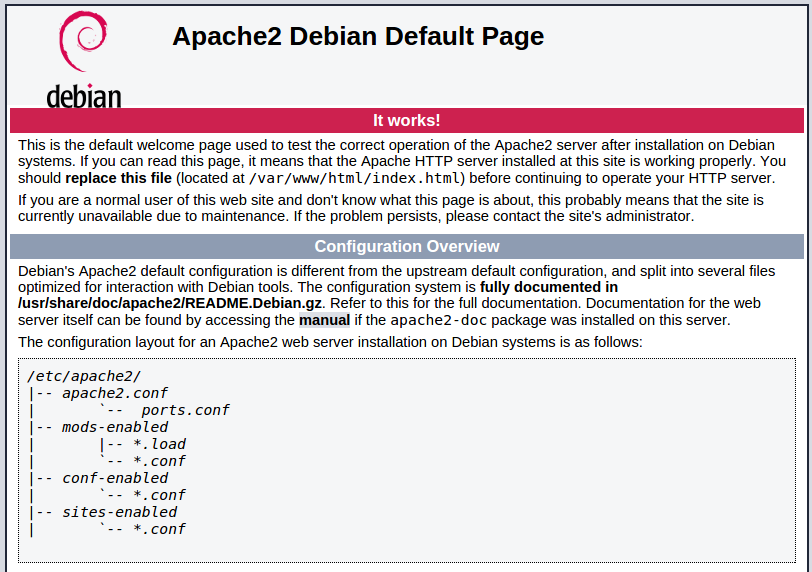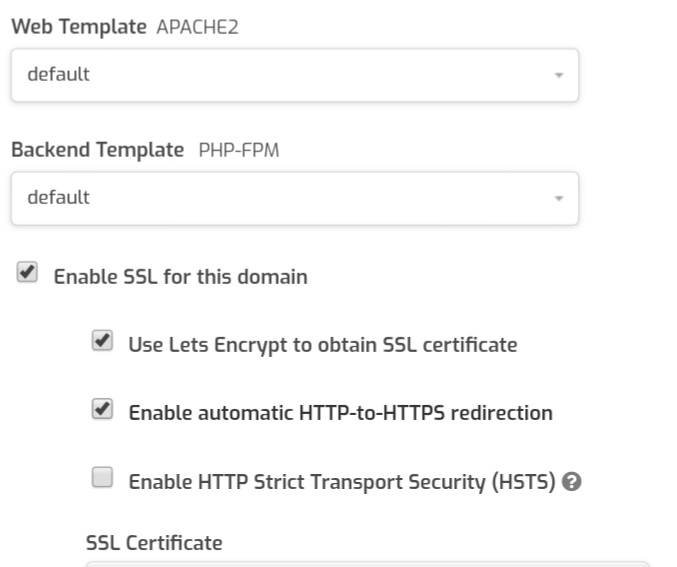Redirect HTTP to HTTPS on Apache Virtual Host Additionally, to force all web traffic to use HTTPS, you can also configure your virtual host file. Normally, there are two important sections of a virtual host configurations if an SSL certificate is enabled; the first contains configurations for the non-secure port 80. Force HTTPS redirection with Apache NOTE: We are in the process of modifying the file structure and configuration for many Bitnami stacks. On account of these changes, the file paths stated in this guide may change depending on whether your Bitnami stack uses native Linux system packages (Approach A), or if it is a self-contained installation. In Apache, you can accomplish simple, single-page redirects using the Redirect directive, which is included in the modalias module that is enabled by default on a fresh Apache installation. This directive takes at least two arguments, the old URL and the new URL, and can be used to create both temporary and permanent redirects. Redirect HTTP to HTTPS with Virtual Host On Ubuntu, Debian, and its derivatives, you'll find the virtual host files in /etc/apache2/sites-available. Open the appropriate file in a text editor of your choice: $ sudo vi /etc/apache2/sites-available/example.conf.
-->You can use the Azure portal to create a Front Door with a certificate for TLS termination. A routing rule is used to redirect HTTP traffic to HTTPS.
Create a Front Door with an existing Web App resource
Sign in to the Azure portal at https://portal.azure.com.
Select Create a resource found on the upper left-hand corner of the Azure portal.
Search for Front Door using the search bar and once you find the resource type, select Create.
Choose a subscription and then either use an existing resource group or create a new one. Select Next to enter the configuration tab.
Note
The location asked in the UI is for the resource group only. Your Front Door configuration will get deployed across all of Azure Front Door's POP locations.
The configuration for Front Door happens in three steps - adding a default frontend host, adding backends in a backend pool and then creating routing rules to map the routing behavior for frontend host. Select the '+' icon on the Frontend hosts to create a frontend host.
Enter a globally unique name for your default frontend host for your Front Door. Select Add to continue to the next step.
Create Backend Pool
Select the '+' icon on the Backend pools to create a backend pool. Provide a name for the backend pool and then select Add a backend.
Select the Backend Host Type as App service. Select the subscription where your web app is hosted and then select the specific web app from the dropdown for Backend host name.
Select Add to save the backend and select Add again to save the backend pool config.
Create HTTP to HTTPS redirect rule
Apache Redirect Http To Https Rewriterule


Apache Force Redirect To Https
Select the '+' icon on the Routing rules to create a route. Provide a name for the route, for example 'HttpToHttpsRedirect', and then set the Accepted Protocol field to 'HTTP only'. Ensure that the appropriate Frontend/domains is selected.
Under the Route Details section, set the Route Type to Redirect. Ensure that the Redirect type get set to Found (302) and Redirect protocol get set to HTTPS only.
Select Add to save the routing rule for HTTP to HTTPS redirect.
Create forwarding rule

Add another routing rule to handle the HTTPS traffic. Select the '+' sign on the Routing rules and provide a name for the route, for example 'DefaultForwardingRoute'. Then set the Accepted Protocols field to HTTPS only. Ensure that the appropriate Frontend/domains is selected.
On the Route Details section, set the Route Type to Forward. Ensure that the right backend pool gets selected and the Forwarding Protocol is set to HTTPS only.
Select Add to save the routing rule for request forwarding.
Select Review + create and then Create, to create your Front Door profile. Go to the resource once created.
Apache Http To Https Redirect Windows
Next steps
- Learn how Front Door works.
- Learn more about URL redirect on Front Door.
